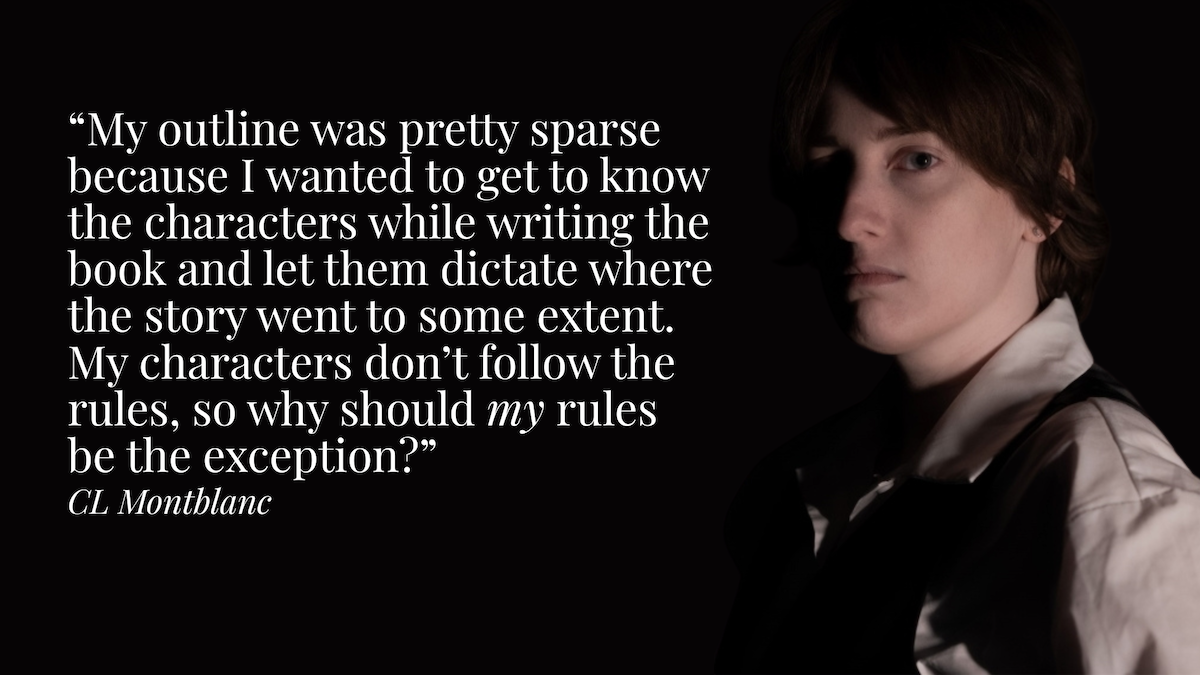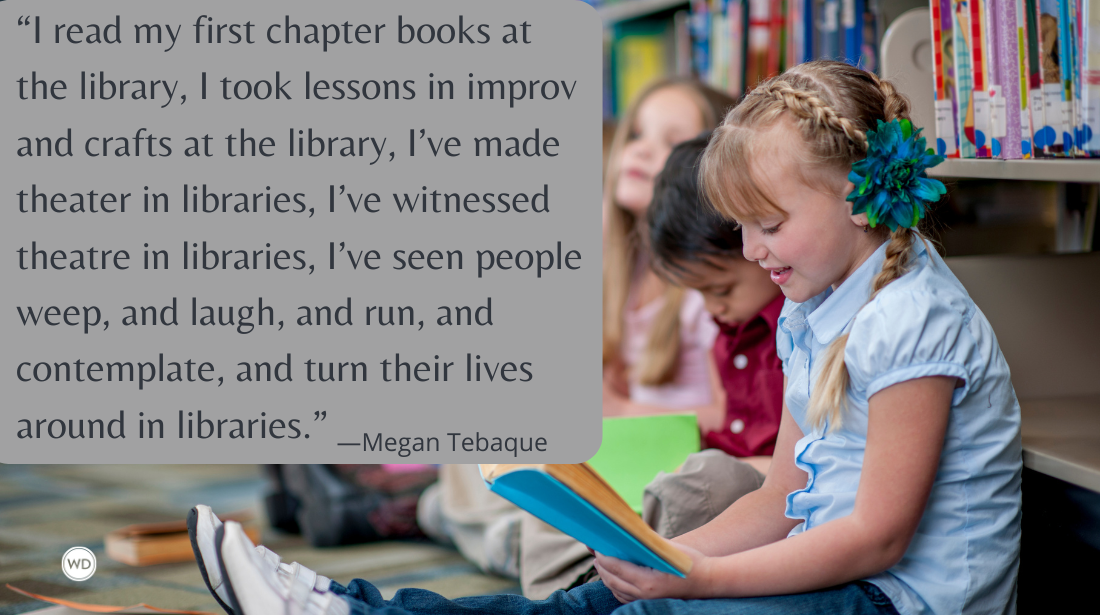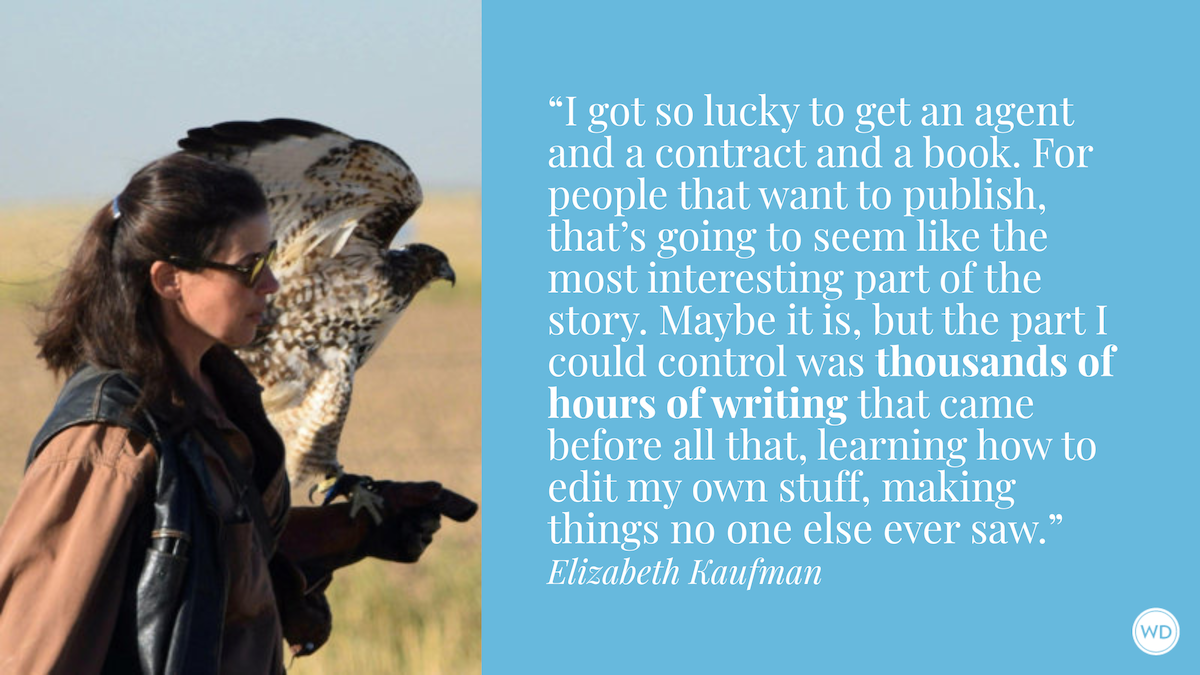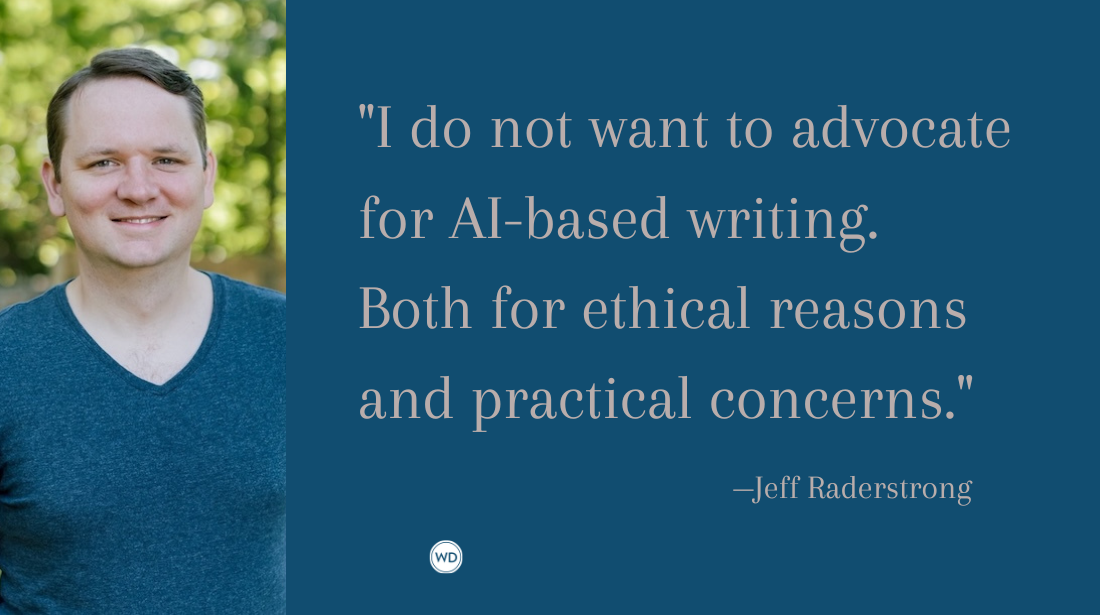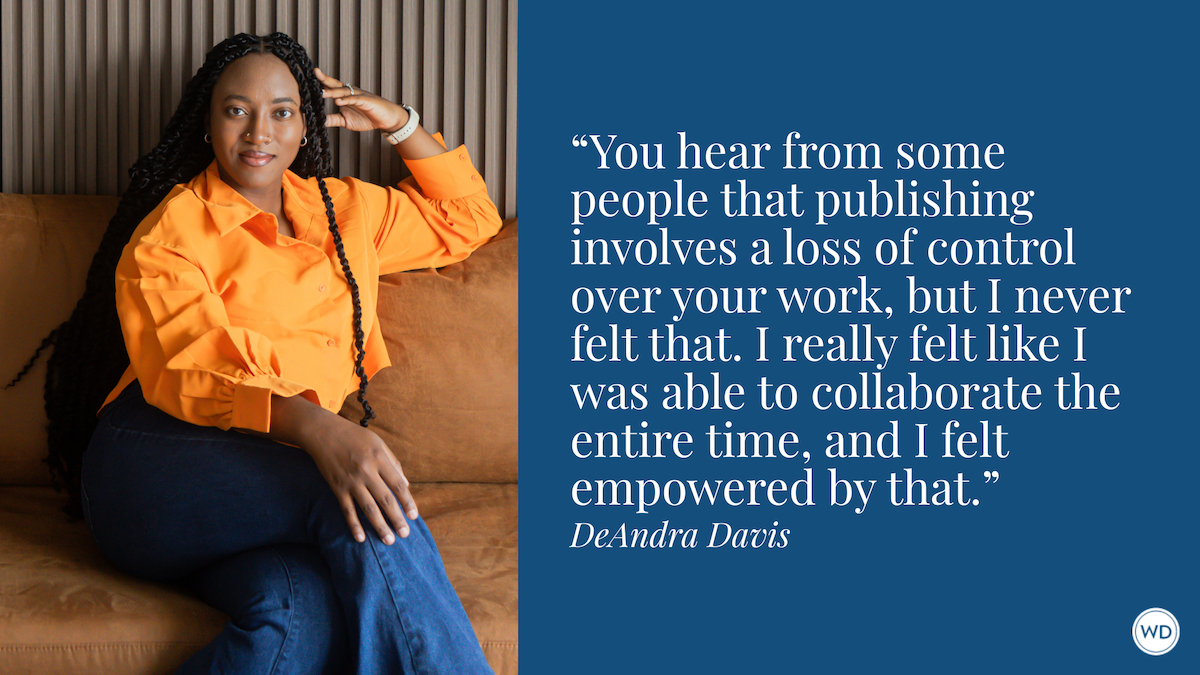The Cocktail Genre: Writing With a Twist
Blending two differing genres into a new storytelling twist, or what I like to call a “cocktail genre,” has been a popular style for a while now. You have Max…
Blending two differing genres into a new storytelling twist, or what I like to call a “cocktail genre,” has been a popular style for a while now. You have Max Brooks' documentary/horror epic World War Z (as usual, the book is better than the film); multiple works by Seth Grahame-Smith such as Pride and Prejudice and Zombies and Abraham Lincoln: Vampire Hunter (ditto on the book/movie rule); and of course the ever popular Twilight series, which throws supernatural creatures into a high school romance setting, because every eternal creature of the night loves the idea of a thousand years of 11th grade algebra, am I right?
Regardless of whether or not these works receive high literary praise, these cocktail genres are—at the very least—fun for fans to read, and probably for the authors to write…for a little while. When a book becomes a hit, it can be difficult for an author to go back to the well again and again, no matter how good that cocktail tastes—or even harder, to find the next twist for their new work.
In a recent discussion with author Paul D. Brazill, I discovered that an author doesn’t have to toil on a series of stories or novels on his or her own. If you found a great cocktail genre that people respond to, why not share the recipe with other literary bartenders, join forces, and make a real party out of it?
Brazill writes in the noir, crime, and horror genres, and not always separately. One of his more popular works is Drunk On the Moon, a Tom Waits-inspired title containing a series of short stories about private eye Roman Dalton, your typical gritty underworld crime-stopper …but with a twist. Every time a full moon comes around, Dalton turns into a werewolf, for good or ill.
That’s a neat cocktail right there, but what I found most interesting about the collection is that he created a character, wrote a story or two to get the collection off the ground, and then asked his writer friends to join in. Writers such as B.R. Stateham, Richard Godwin, and K.A. Laity add their own noir storylines using Brazill’s lycanthropic detective, giving the collection a mix of voices, styles, and intentions. For some readers it works, for some it might not, but it certainly takes the image of a solitary writer toiling away on a book and turns it on its head.
Brazill says he was inspired to try the method after reading Lee Goldberg’s The Dead Man series, in which Goldberg collaborates with different authors throughout the series. Brazill thought, “Well, if it worked for them…”
Brazill had an idea that he liked, emailed a bunch of writer acquaintances, and many said yes right away. He had no reservations about letting his character off the leash to roam with other writers because he specifically asked writers he already respected and enjoyed reading.
But he did caution me that if I were to give it a shot, to “make sure you’re on the same page at the start,” lay out some ground rules, timeline details, and personality traits, “and then let it go.”
It sounds like a fun idea, but speaking for myself, I do get a little possessive with my characters. Maybe you do too? If you were to try this method, you would have to be able to let the other writers have fun with it and add some traits you might not have thought of, both good and bad. So keep that in mind if you decide you’d like to share your own unique cocktail genre with your writer friends.
It could be a test of your patience and sanity, but it might also lead you in some groundbreaking—or at least entertaining—directions.
For more about Paul D Brazill, visit http://pauldbrazill.wordpress.com.
--
James Duncan is a content editor for Writer’s Digest, the founding editor of Hobo Camp Review, and is the author of the short story collection The Cards We Keep and the poetry collection Lantern Lit, Vol. 1. He is in the process of submitting a handful of novels to agents for traditional representation, just like everyone else on the planet. For more of his work, visit www.jameshduncan.com.




